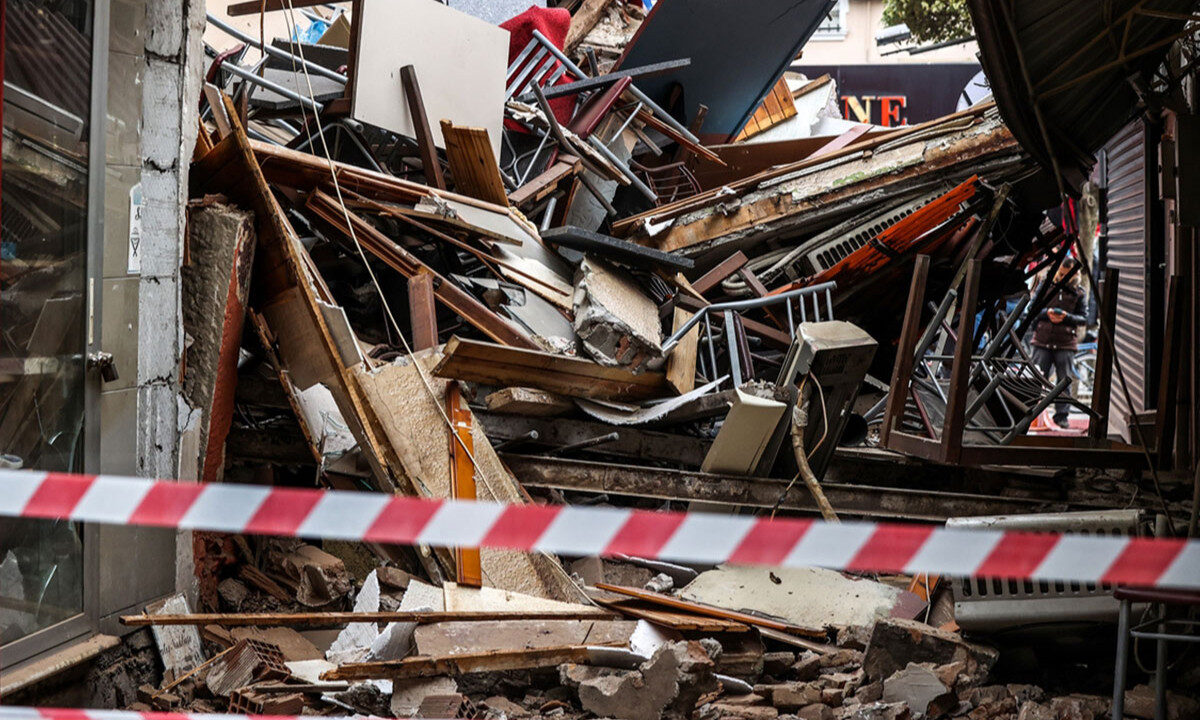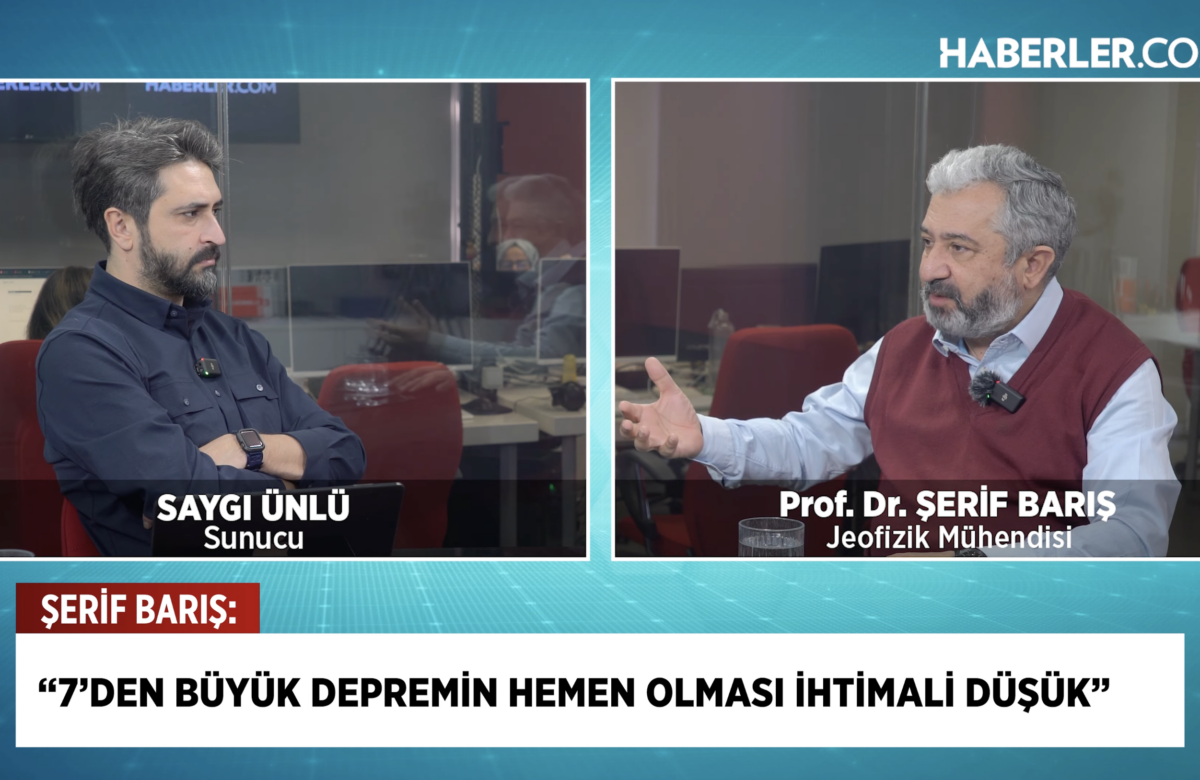
Civil engineers made inspections in Antakya: Construction in the Asi River and Amik Plain is the most important problem
- General
- 07/07/2023
- 456
A group of civil engineers from Istanbul made the assessment that the construction on the Asi River and the Amik Plain is the most important problem during their investigations in Hatay and Antakya. Speaking on behalf of civil engineers working in the region, Assist. Professor İhsan Karagöz said, “Foundation designs are not made according to soil properties. Garbage leg columns, insufficient reinforcement, flat iron, BS 14 -16 class low quality concrete were used. Structures built on alluvial soil are always risky. Beam and column joints were not designed according to earthquake standards and new buildings were damaged especially due to soft floors. Urbanization should be built on the foothills, not in the place of collapsed buildings. If 13-14 storey buildings are to be built, seismic isolators must be used.”
Stating that they came to Hatay as 4 lecturers from Beykent University Civil Engineering Department, Karagöz said that they conducted research especially in buildings in Antakya. Assist. Prof. Karagöz said, “We came and saw that it was really the disaster of the century. I hope we will never experience such a disaster again. The buildings I saw two years ago were either destroyed or heavily damaged. The main roads of the city are narrow and inadequate, it is impossible to reach the buildings on the side streets. The biggest problem stems from the ground, the site selection for the buildings is very bad. The foundations were not designed according to this choice of location. There are irregularities in the buildings. Concrete quality is very poor, reinforcements are insufficient and irregular. In general, the collapsed buildings were built before 1980.”
“CONCRETE CLASS TOO LOW”
Emphasizing alluvial soil, Karagöz said, “This is the bed of the Asi River, so structures built on an alluvial soil are always risky structures. The biggest problem for the foundation of the building is that the ground is the Amik Plain and alluvial soil. After the 1999 earthquake, BS 25 and 30 concretes were started to be used. In the buildings that collapsed here, we saw that the concrete class was very low and BS 14-16 concrete class was used. Poor quality concrete, inadequate reinforcement and structural irregularities are the main reasons for the formation and collapse of flimsy structures. In old buildings, flat reinforcements were used in the structural elements we call reinforced concrete.”
“HOLLOW STRUCTURE SHOULD NOT BE USED AT ALL IN THE REGION”
Stating that there were no shear walls in the buildings, Karagöz said, “Garbage-legged columns were used, concrete casting was not tightened. Segregation and fractures occurred in column and beam joints. Many buildings have no or insufficient shear walls. Beams were systematically defective. We also saw that many buildings were of hollow slab (a type of brick) construction. Hollow slabs should never be used in this region. Hollow slabs are very weak structural elements in lateral earthquake loads compared to vertical beam slabs. We saw that beam and column joints were not designed according to earthquake standards. A mental transformation is required in the re-planning of Antakya.”
“SOFT FOLD CAUSES FRACTURES”
Karagöz said that the new buildings were damaged especially due to the soft floors, “We detected irregularities in the mezzanine floors, especially with high ceilings on the ground floors. The first and second normal floors were designed similar to the standard, but due to the presence of a soft floor, there were fractures in the soft floors under dynamic load effect, and the buildings collapsed. The soft floor shows that the building is irregular in the vertical direction. There should be symmetry between the floors. If the ground floors are to be used as auto dealerships, the columns on this soft floor should be stronger and larger or our suggestion is that this soft floor should not be built at all.”
“ISOLATOR PREVENTS COLLAPSE AND RISK”
Stating that there are no standing buildings in Antakya, Karagöz said, “Our suggestion is not to build buildings here because of the Amik Plain and the Asi River. There is no city planning in the plain, no building should ever be built. If a building is to be built here, it should be single or two-story. Both sides of the plain are mountains, and urbanization should be built in low-rise on these mountain slopes. If this happens, we will not experience a similar disaster again throughout history. If we want to build 13-14 storey buildings in Hatay, Iskenderun region, we must use seismic isolators in a separate area. The isolator prevents collapse and risk. It transfers the vibration of the soil to the structure in a minimum way.”








